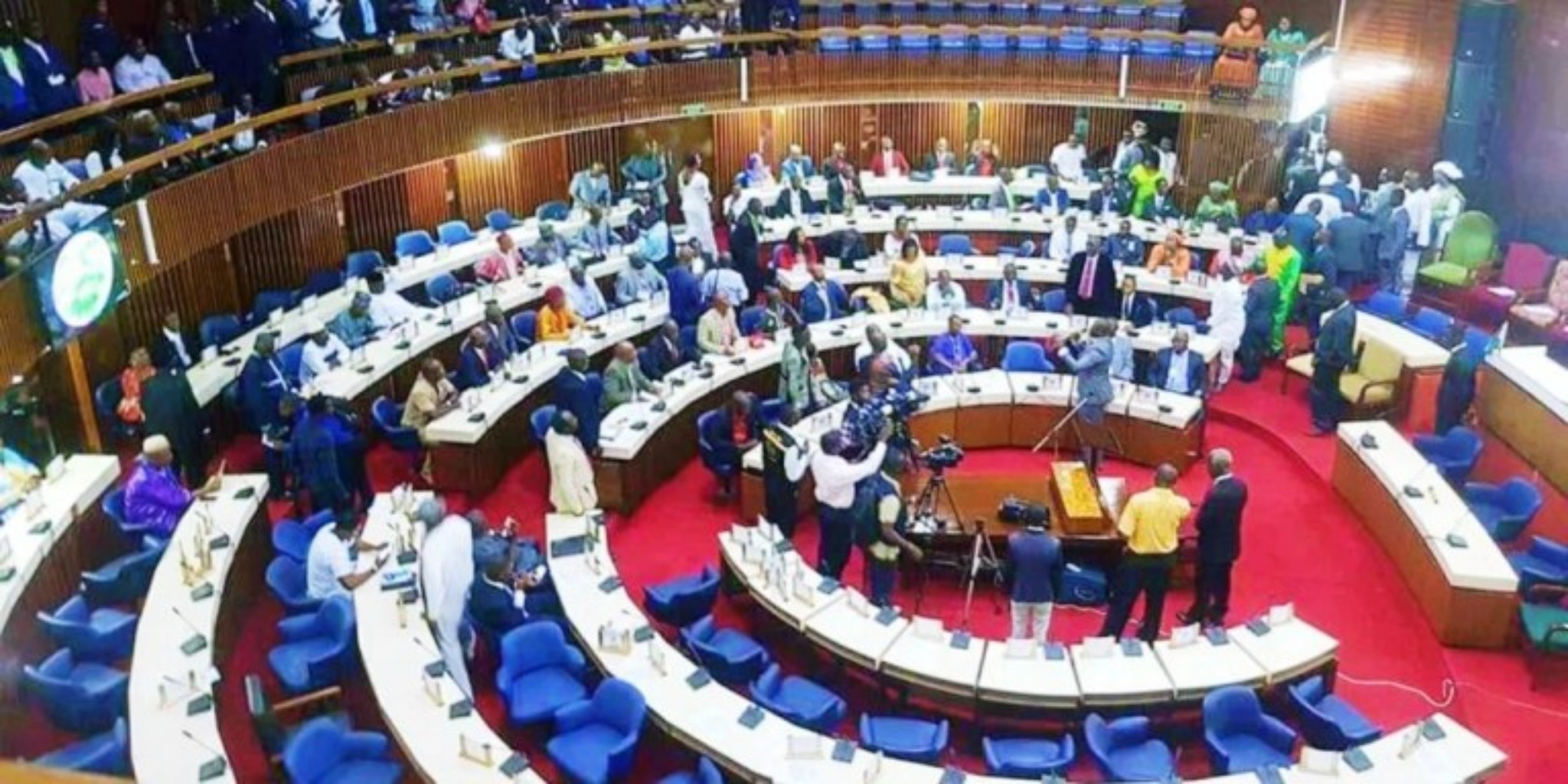The Chair and Chief Electoral Commissioner Mohamed K. Konneh has been explaining how the Proportional Representation now, the country will be divided system will work during the 2023 General Elections.
The district block system was used for the 2002 parliamentary elections, but under this system now, the country will be divided into 16 electoral districts and political parties and independent candidates are expected to meet a threshold of 11.9% to win a seat.
To win a seat in Parliament, the Electoral Commission of Sierra Leone (ECSL) has set a threshold of 11.9% and that figure was reached when the Commission took the number of districts (16) and divided them by the number of seats (135) proposed by Parliament (16 / 135 0.1185 x 100 =11.851) then multiply by 100 to get the percentage, and that gives the for one to be given a seat in Parliament.
As the Chair and Chief Electoral Commissioner Mohamed K. Konneh explained the idea to adopt the system was influenced by directives from the President to use the District Block and Proportional Representation (PR) System for the conduct of the June 24th 2023 multi-tier elections. By this directive the Commission halted the boundary delimitation exercise to allow them facilitate effective planning relating to procedures, rules and regulations on the PR System. The process is based on a party list system which is meant to reduce electoral violence normally associated with the first past the post system.
Chairman Konneh explained that the number of representatives in Parliament is dependent on the number of seats in Parliament.
Citing an example of what they have done so far, Chairman Konneh said that, when they did the distribution, for instance Kenema was supposed to have 13 seats by the midterm figures but currently they have 11 but after their determination they will only end up with like 12 seats.
The same process will be done for all the 16 districts, however Western Area was supposed to lose 6 seats with the midterm figures but with the system of calculation they will be using they will only lose two seats, while Kailahun, Bombali will maintain their current seats.
Allocation of seats he said changes according to the population shift, but when they combine the current number of seats and the mid-term census the margin will not be too great.
“We have explained to Parliament about this process we want to reduce the tension relating to the mid- term census and taking into consideration the concerns that were raised during the 2015 census, so we have a mid-point of distributions by district” he said.
He justified the decision of the Commission to determine the allocation of seats per district, the Commission he explained used the population data, emphasizing that the law mandates them to use either the most recent or the data the Commission thinks represents the population of Sierra Leone.
“Because we had this controversy in 2018 when two new districts were created and midterm census which have increased the population in some areas, we believe the only way we can bring these two data closer in terms of fairness as an institution is to blend both by using the power that gives us the mandate to draw regulations and to also use the population figure that we think in our opinion represent the closest estimate of Sierra Leone,” he said.



 Post a comment
Post a comment 









